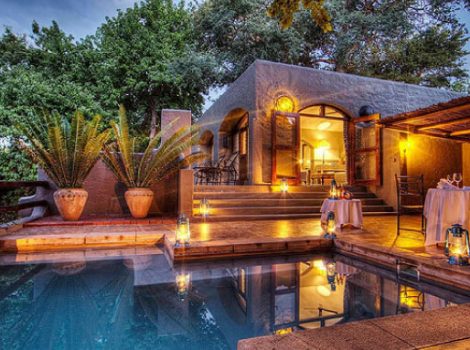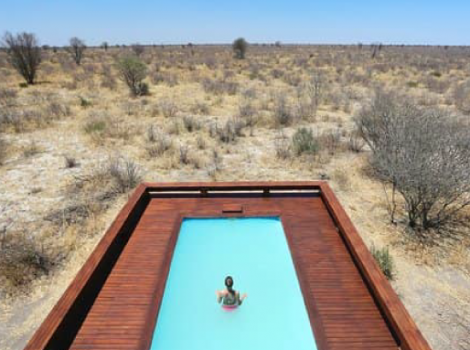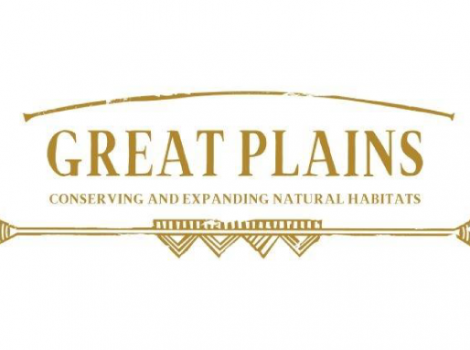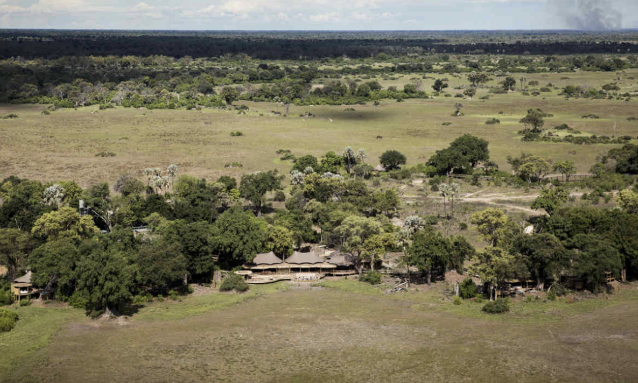
Safari camps are the stuff of dreams and bucket lists. They can also be leaders in conservation, sustainability, design, eco-sensitivity and hospitality.
Take Kisawa Sanctuary, set to open next summer on an island off the coast of Mozambique. The construction of the marine safari camp incorporated 3-D sand printing, along with traditional weaving, thatching and textile work. Care was also taken not to disturb the orcas, humpback whales and manta rays in the surrounding waters.
Or consider Natural Selection’s Kwessi Dunes Lodge, due to open next spring in Namibia’s staggeringly vast desert wilderness. Each bedroom will feature a “star gazer” room, so guests can take in the night sky.
There’s also Meridian Adventure SAIL, an ocean safari via six fancy catamarans – based in the pristine coral triangle of Raja Ampat, Indonesia – that leaves almost no footprint at all.
As places to glimpse creatures great and small, or as gateways to the back of beyond (where you can seriously get away from it all), safari camps may be the ultimate hotel. Here are five prospects, all outstanding in their field.
Wilderness Safaris Mombo
Built in 1990, Wilderness Safaris’ flagship – at the northern end of Chief’s Island in the Moremi Game Reserve, in Botswana’s Okavango Delta – has recently unveiled a $10 million renovation. The brief was to bring the traditional camp up to design and environmental standards without disturbing the natural habitat. (An arborist, for example, was enlisted to oversee the protection of trees and roots.)
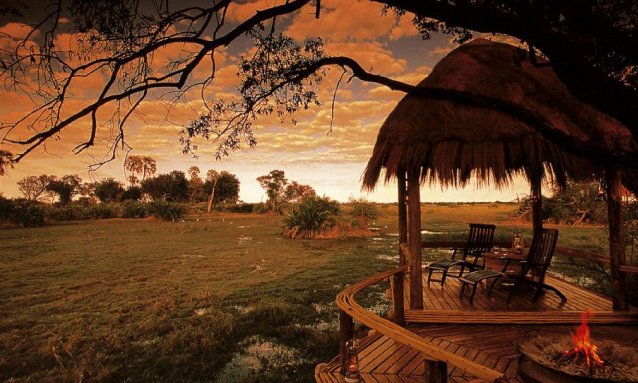
Behind the scenes, Mombo is now 100 percent solar-powered, with sophisticated sewage and water filtration systems. More obvious is the English oak, from managed forests in Croatia, used for guest-room floors; Iroko hardwood from West Africa for doors and windows; and plenty of original materials repurposed here and there (and at the company’s other camps on the continent).
The nine tented suites are big, with a sitting room and bar, separate bathrooms and dressing rooms, indoor and outdoor showers, and sliding louvered shutters that open onto an ample deck, from which to spy the exotic wildlife just out of reach. An eclectic mix of local grasses and fabrics, brass, copper, wooden furniture – Pygmy beds from Congo used as coffee tables – and cracked-leather headboards give the spaces a sense of globe-trotting chic.
Wilderness Safari Mombo; $2,200 per person per night (including all meals, game drives and park fees); Okavango Delta, Botswana.
Singita Kwitonda Lodge
On 178 acres at the edge of Volcanoes National Park in northwestern Rwanda, this new lodge sits close to the habitat of one-third of the world’s remaining mountain gorillas.
Singita Kwitonda Lodge; from $1,495 per person per night (including meals and laundry service, but not the $1,500 gorilla trekking permit); Ruhengeri, Rwanda.
Thanda Safari
This Big Five compound inside a 34,000-acre private game reserve began as the site of the Swedish owner’s family villa.
Thanda Safari; from $265 per person per night (including meals and two game drives per day); D242 Rd, 3960, South Africa.
Banjaar Tola, a Taj Safari Lodge
The latest of four lodges set up by Taj in association with the travel company &Beyond, this is a good headquarters for tiger-spotting and bird-watching. It sits alongside the Banjaar River at the foot of Kanha National Park (a reserve that’s part of a tiger-protection program), with 18 tented huts arranged in east and west camps, each group with its own bar, dining room, and pool.
Banjaar Tola, A Taj Safari Lodge; from about $410 per night (including breakfast and naturalist guide); Kanha National Park, Madhya Pradesh, India.
Nayara Tented Camp
Opened in December, this air-conditioned tent camp changes the luxury game in Costa Rica. It was designed by Luxury Frontiers – the architects noted in Africa for camps such as Zambia’s Puku Ridge and Botswana’s Belmond Savute Elephant Lodge – as its first foray into the Americas.
Set in the Arenal Volcano National Park, the camp shares 62 acres with its sister properties, Nayara Gardens and Nayara Springs, all connected by a suspended footbridge, or golf cart, if you must. The company has reserved a patch of the resort’s land as a refuge for the sloth (the strange, smiling star of the rainforest) and has begun to plant Guarumo trees to attract and protect them.
For the complete article: Outside Opinion by Christian L. Wright for The New York Times @ http://wilderness-safaris.com/our…/countries/botswana/camps

